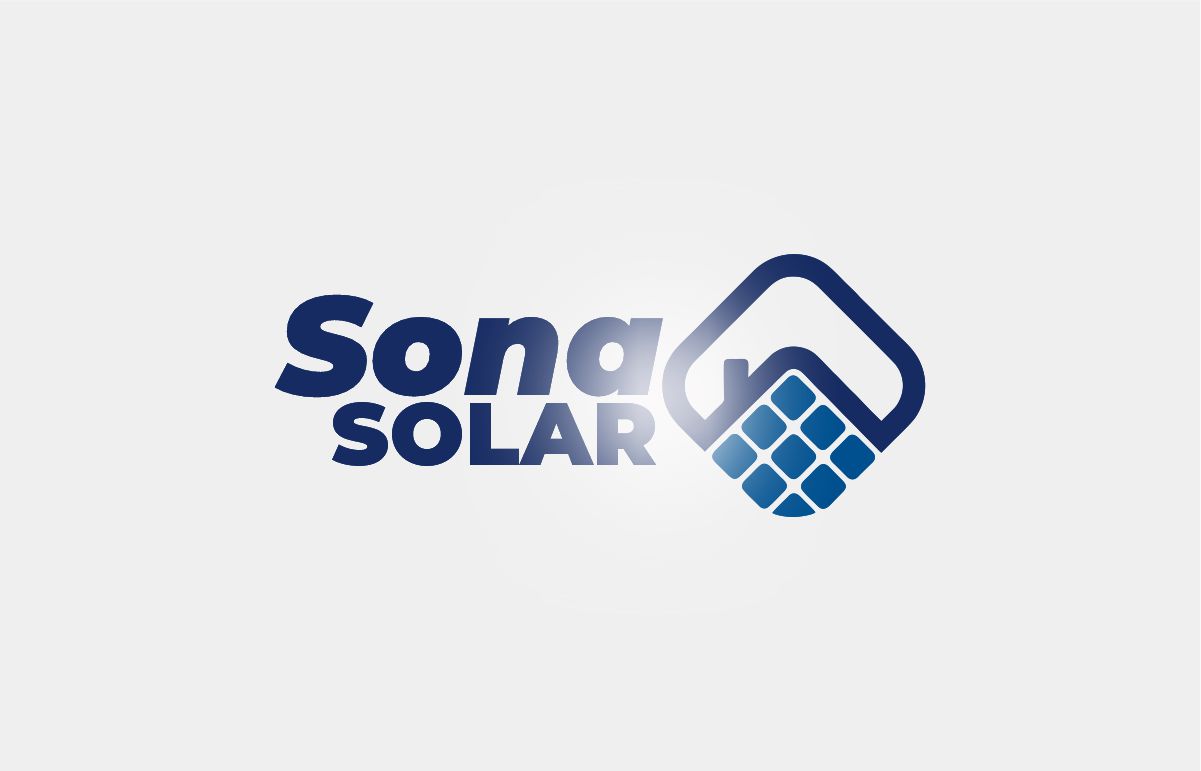If you have a solar energy system installed by Sona Solar Zimbabwe, you expect your inverter to reliably charge your battery bank.
There are times when your inverter may stop charging the batteries, leaving your solar system unable to perform as expected and raising serious concerns about power reliability. In such situations, it’s important to know the possible causes and solutions. From dead batteries, wiring faults, or incorrect inverter settings, to insufficient solar input or system overload, several factors can disrupt charging. This guide walks you through the most common reasons an inverter may fail to charge and provides practical troubleshooting tips to help you quickly restore efficiency, protect your investment, and ensure your home or business continues running smoothly with reliable solar power.
Step 1: Check Your Power Sources
Step 1: Check Your Power Sources – Make sure your inverter is receiving power from the grid, generator, or solar panels. Check circuit breakers and confirm the supply is stable before moving on to other troubleshooting steps.

Proper connections are the foundation of a healthy solar system.
During the day, your primary charging source is your solar array. If there's no solar input, there's no power to charge the batteries.
- Check for Shading: Are there new tree branches or obstructions casting shadows on your panels? Even partial shading can significantly reduce power.
- Clean the Panels: In Zimbabwe, a thick layer of dust can build up, especially during the dry season. This can block sunlight and reduce charging efficiency. Panels should be cleaned periodically.
- Check the DC Isolator Switch: There is a switch between your solar panels and the inverter. Ensure this DC isolator is in the 'ON' position.
Most hybrid inverters are configured to charge batteries from the grid as a backup. If this isn't happening, check the following:
- Is there a power cut? The most obvious reason is load shedding. The inverter cannot draw power that isn't there.
- Check Your Circuit Breakers: Find the circuit breaker labelled "Inverter" or "Solar" in your main distribution board (DB). Make sure it is in the 'ON' position. Sometimes a power surge can trip it.
- Check the AC Input: Ensure the main power cable from your DB to the inverter is securely connected.
Step 2: Check Your Battery's Health
Step 2: Check Your Battery's Health – A weak or dead battery may not hold charge even when connected. Look for signs of aging, reduced capacity, or warranty coverage, and replace the battery if necessary.
A battery that has reached the end of its life or has developed a fault will not accept a charge. Here’s how to assess the situation:
- Check the Battery's Age: A high-quality LiFePO4 battery from brands like Svolt or Must should last over 10 years. If your battery is much older or a lead-acid type, it may be time for a replacement.
- Look for Physical Signs: Check for any swelling, bloating, or leaking from the battery casing. These are clear signs of a critical fault, and you should contact us immediately.
- Check the Battery Breaker: The battery has its own circuit breaker. Ensure it is switched on.
- Deep Discharge State: If a battery has been left completely flat for an extended period, its voltage may drop too low for the inverter to recognise it. In this case, the battery may need to be "jump-started" by a professional technician.
Step 3: Check System Settings & Connections
Step 3: Check System Settings & Connections – Incorrect inverter settings or loose, corroded wiring can stop charging. Verify your inverter is configured for the right battery type and voltage, and ensure all cables are secure and in good condition.
Modern hybrid inverters have multiple charging settings that can sometimes be adjusted. An incorrect setting can prevent charging.
- Charging Source Priority: In your inverter settings (often accessed via its display screen), you can set the priority for charging. For example, it might be set to "Solar First" or "Only Solar". If it's set to "Only Solar" and it's a cloudy day, it won't use the grid to charge. Ensure it's set to a mode like "Solar First" to allow grid charging as a backup.
- Battery Type: The inverter must be correctly configured for your battery chemistry (e.g., "LFP" or "Li-ion" for lithium). An incorrect setting can lead to improper charging or no charging at all.
If you are unsure how to check these settings, consult your user manual or call our support team for guidance. Incorrectly changing settings can affect your system's performance.
Faulty wiring is a common but critical issue. Over time, connections can become loose, or corrosion can build up, especially in dusty or damp environments.
Visually inspect (without touching) the cables connecting the battery to the inverter. Look for any signs of corrosion (a white or greenish powder) on the battery terminals or loose connections. If you notice anything unusual, it is a safety hazard and requires immediate professional attention. Do not attempt to tighten or clean the connections yourself.
Step 4: Check for System Overload
Step 4: Check for System Overload – If your inverter is powering more appliances than it was designed for, charging may stall. An overloaded system often prioritizes supplying load demand instead of battery charging, and it may cause overheating.
If your inverter shuts down frequently, shows overload warnings, or the batteries are not charging even when solar power is available, your system is likely overloaded.
Reduce the number of connected appliances temporarily. If the issue resolves, consider upgrading to a higher-capacity inverter or expanding your battery bank.
Step 5: Test for a Faulty Inverter
Step 5: Test for a Faulty Inverter – If all other checks have been performed, your inverter may be the issue. Faulty internal charging circuits can stop batteries from charging altogether.
If power is present, batteries are in good health, and wiring is intact but the inverter still won’t charge, the inverter may need inspection. Contact Sona Solar Zimbabwe for professional support.
Step 6: Verify Battery Voltage Compatibility
Step 6: Verify Battery Voltage Compatibility – Inverters are built to work with specific voltages (12V, 24V, or 48V). Using mismatched voltages can cause charging failure and possible equipment damage.
A mismatch (e.g., a 24V battery with a 12V inverter) will stop charging and may damage the inverter or batteries. Always ensure battery voltage matches inverter requirements.
Step 7: Charge the Battery Separately
Step 7: Charge the Battery Separately – If your battery is deeply discharged, the inverter may not detect it. Charging the battery externally may be required.
Use a dedicated battery charger or connect temporarily to another power source (grid or generator). Once the battery reaches above 11.5V, reconnect it to the inverter. See this battery recovery guide for more help.
Step 8: Check Solar Input
Step 8: Check Solar Input – Insufficient solar generation will prevent charging. Dust, shading, or undersized solar panels can reduce system performance.
Clean panels regularly, remove obstructions, and ensure panels are properly sized for your system’s battery bank.
Step 9: Review Inverter Settings Again
Step 9: Review Inverter Settings Again – Revisit your inverter’s charging options, as incorrect source priorities or battery type selection can block charging.
Review charging source priority, battery type, and float/boost charging configurations. If unsure, contact Sona Solar support for assistance.
Step 10: Schedule Regular Maintenance
Step 10: Schedule Regular Maintenance – Solar systems require periodic inspections to keep everything running efficiently. Annual maintenance can prevent small issues from becoming major failures.
Sona Solar Zimbabwe recommends a full service at least once a year. Professional checks ensure your batteries, inverter, and solar panels stay in peak condition.
Frequently Asked Questions
If your inverter is not charging the battery, don’t panic. By following these troubleshooting steps and working with Sona Solar Zimbabwe’s support team, you can quickly identify and resolve the issue. Regular maintenance and proper care of system components, including inverters and batteries, are essential for long-term reliability. For further assistance, contact Sona Solar Zimbabwe—we’re committed to helping you harness the power of the sun for years to come.
This is usually due to the inverter's settings. Your system might be programmed in a "utility-first" mode where it prioritises using grid power and keeps the battery full for emergencies. For maximum savings, it should be in a "solar-first" mode. Our team can help you check and adjust these settings remotely or on-site to match your priorities.
New lithium batteries sometimes require a few charge-discharge cycles to calibrate their Battery Management System (BMS) with the inverter. It's normal to see the state of charge fluctuate during the first few days of operation. If the issue persists for more than a week, contact our technical support for a system health check.
Still Having Trouble? We're Here to Help.
If you've run through these checks and your inverter is still not charging your battery, don't worry. Contact the Sona Solar Zimbabwe support team. Our dedicated technicians are ready to provide expert assistance to diagnose and resolve the issue quickly, ensuring you get the most out of your solar investment.
Chat with Technical SupportFollow Our Social Media Platforms:
Common Questions and Popular Searches
Explore Answers To Frequent Questions And Discover Resources For Your Solar Journey:
1kVA Inverter Load Guide
Load guide for small households.
2kVA System Load Capacity
Powering essentials in medium homes.
3kVA System Panel Count
Understand solar array sizing.
3kVA Inverter Load Guide
Appliance guide for a typical household.
Best 3kVA Inverter Brand
Compare reliability and warranties.
3kVA Appliance Load Guide
Understand simultaneous load capacity.
3kVA Powering Motor Loads
Guidance on handling motor loads.
Choosing the Right Inverter
Matching inverters to your specific load.
Match Panels to Inverter
Tips for optimal system performance.
3.5kVA Inverter Load Guide
Explore residential setup capabilities.
Best Solar Panels Zimbabwe
Analysis of performance and durability.
Solar Companies Zimbabwe
Customer service and reliability.
Best Solar Panel Brands
Guide for home and business solutions.
Solar Installers Zimbabwe
Professional and certified installers.
3kVA System Cost Guide
Get pricing information for Zimbabwe.
5kVA System Cost Guide
Budget requirements for systems.
Contact Our Sales Team:

Sona Solar Zimbabwe
Address:
7 Frank Johnson Avenue, Eastlea, Harare, Zimbabwe.
Call/WhatsApp:
Sales:
+263 78 293 3586
Sales:
+263 78 922 2847
Operations:
+263 78 864 2437
Email:
sonasolarzw@gmail.com
Website:
www.sonasolar.co.zw

Borehole Experts Zimbabwe
Address:
7 Frank Johnson Avenue, Eastlea, Harare, Zimbabwe.
Call/WhatsApp:
Sales:
+263 77 389 8979
Sales:
+263 71 500 3777
Operations:
+263 71 918 7878
Email:
boreholeexpertszw@gmail.com
Website:
www.boreholeexperts.co.zw
